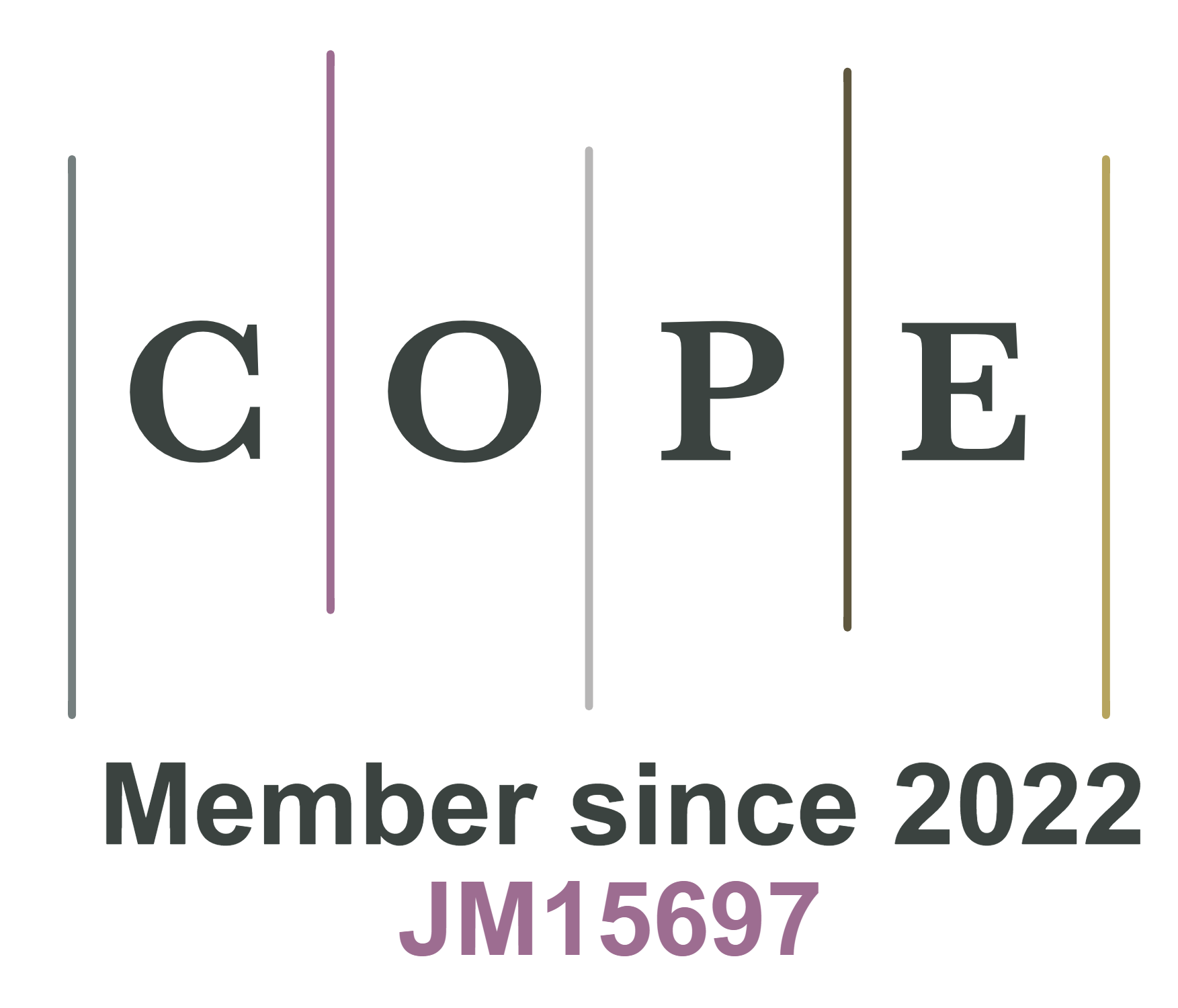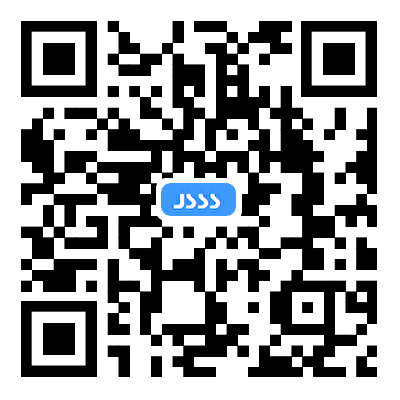REFERENCES
1. Global Seafood Alliance. What Is Aquaculture and Why Do We Need It?; 2019. Online; accessed 19-May-2022. https://www.globalseafood.org/blog/what-is-aquaculture-why-do-we-need-it/. [Last accessed on 16 Dec 2022].
2. Peter J Allen. Aquaculture: Challenges and Promise; 2011. [Online; accessed 19-May-2022].
3. Kim H. ChirpStack, open-source LoRaWAN(R) Network Server stack; 2021. Available from: https://sentientmedia.org/fish-farmer. [Last accessed on 16 Dec 2022].
4. Hang L, Ullah I, Kim DH. A secure fish farm platform based on blockchain for agriculture data integrity. Computers and Electronics in Agriculture 2020;170:105251.
5. Government S. Aquaculture; 2021. Available from: https://www.gov.scot/policies/aquaculture/. [Last accessed on 16 Dec 2022].
6. McKenna AT, Gaudion AC, Evans JL. The role of satellites and smart devices: data surprises and security, privacy, and regulatory challenges. Penn St L Rev 2018;123:591.
7. Stoyanova M, Nikoloudakis Y, Panagiotakis S, Pallis E, Markakis EK. A survey on the internet of things (IoT) forensics: challenges, approaches, and open issues. IEEE Commun Surv Tutorials 2020;22:1191-221.
8. Amiri-Zarandi M, Dara RA, Duncan E, Fraser ED. Big data privacy in smart farming: a review. Sustainability 2022;14:9120.
9. Andreas A, Mavromoustakis CX, Mastorakis G, et al. Towards an optimized security approach to IoT devices with confidential healthcare data exchange. Multimed Tools Appl 2021;80:31435-49.
10. Wang HX. Current status and prospects of integrated fish farming in China. In: Integrated Fish Farming. Taylor & Francis; 2020. pp. 45–54.
11. Choi J, Lee J, Kim Y, Shin Y. A study on the construction plan of smart fish farm platform in the future. KIPS Transactions on Computer and Communication Systems 2020;9:157-64.
12. Sangirova U, Khafizova Z, Yunusov I, Rakhmankulova B, Kholiyorov U. The benefits of development cage fish farming. In: E3S Web of Conferences. vol. 217. EDP Sciences; 2020. p. 09006.
13. Cordova-Rozas M, Aucapuri-Lecarnaque J, Shiguihara-Juárez P. A cloud monitoring system for aquaculture using iot. In: 2019 IEEE Sciences and Humanities International Research Conference (SHIRCON). IEEE; 2019. pp. 1–4.
14. Arafat AI, Akter T, Ahammed MF, Ali MY, Nahid AA. A dataset for internet of things based fish farm monitoring and notification system. Data in Brief 2020;33:106457.
15. Auld AH, Schubel J. Effects of suspended sediment on fish eggs and larvae: a laboratory assessment. Estuarine and Coastal Marine Science 1978;6:153-64.
16. El-Sayed AF, El-Ghobashy A, Al-Amoudi M. Effects of pond depth and water temperature on the growth, mortality and body composition of Nile tilapia, Oreochromis niloticus (L.). Aquaculture Research 1996;27:681-87.
17. Solstorm D, Oldham T, Solstorm F, et al. Dissolved oxygen variability in a commercial sea-cage exposes farmed Atlantic salmon to growth limiting conditions. Aquaculture 2018;486:122-29.
18. Null SE, Mouzon NR, Elmore LR. Dissolved oxygen, stream temperature, and fish habitat response to environmental water purchases. Journal of Environmental Management 2017;197:559-70.
19. Chen JH, Sung WT, Lin GY. Automated monitoring system for the fish farm aquaculture environment. In: 2015 IEEE International Conference on Systems, Man, and Cybernetics. IEEE; 2015. pp. 1161–66.
20. Kim Y, Lee N, Kim B, Shin K. Realization of IoT based fish farm control using mobile app. In: 2018 International Symposium on Computer, Consumer and Control (IS3C). IEEE; 2018. pp. 189–92.
21. Ullah I, Kim D. An optimization scheme for water pump control in smart fish farm with efficient energy consumption. Processes 2018;6:65.
22. Taniguchi Y. Evaluation of acoustic data communication for fish farm monitoring. Proceedings of DNCOCO 2015 2015:195-99.
23. Angani A, Oh SM, Kim ES, Shin KJ. Realization of eel fish farm with artificial intelligence part2: IoT based flow control using MQTT. In: 2019 IEEE International Conference on Architecture, Construction, Environment and Hydraulics (ICACEH). IEEE; 2019. pp. 97–100.
24. Lee J, Angani A, Thalluri T, jae Shin K. Realization of water process control for smart fish farm. In: 2020 International Conference on Electronics, Information, and Communication (ICEIC). IEEE; 2020. pp. 1–5.
25. Quek Y. Implementation of an IoT-based DC nanogrid in an offshore fish farm. In: 2020 IEEE REGION 10 CONFERENCE (TENCON). IEEE; 2020. pp. 1147–52.
26. Yang X, Zhang S, Liu J, et al. Deep learning for smart fish farming: applications, opportunities and challenges. Rev Aquacult 2021;13:66-90.
27. Salman A, Jalal A, Shafait F, et al. Fish species classification in unconstrained underwater environments based on deep learning. Limnol Oceanogr Methods 2016;14:570-85.
28. Sun X, Shi J, Liu L, et al. Transferring deep knowledge for object recognition in Low-quality underwater videos. Neurocomputing 2018;275:897-908.
29. Fisher RB, Chen-Burger YH, Giordano D, et al. Fish4Knowledge: collecting and analyzing massive coral reef fish video data. vol. 104. Springer; 2016.
30. Zhao J, Li Y, Zhang F, et al. Semi-supervised learning-based live fish identification in aquaculture using modified deep convolutional generative adversarial networks. Transactions of the ASABE 2018;61:699-710.
31. Joly A, Goëau H, Glotin H, et al. LifeCLEF 2015: multimedia life species identification challenges. In: International Conference of the Cross-Language Evaluation Forum for European Languages. Springer; 2015. pp. 462–83.
32. Labao AB, Naval Jr PC. Cascaded deep network systems with linked ensemble components for underwater fish detection in the wild. Ecological Informatics 2019;52:103-21.
33. Meng L, Hirayama T, Oyanagi S. Underwater-drone with panoramic camera for automatic fish recognition based on deep learning. IEEE Access 2018;6:17880-6.
34. Naddaf-Sh M, Myler H, Zargarzadeh H, et al. Design and implementation of an assistive real-time red lionfish detection system for auv/rovs. Complexity 2018;2018:1-10.
35. Salman A, Siddiqui SA, Shafait F, et al. Automatic fish detection in underwater videos by a deep neural network-based hybrid motion learning system. ICES Journal of Marine Science 2020;77:1295-307.
36. Mahmood A, Bennamoun M, An S, et al. Automatic detection of Western rock lobster using synthetic data. ICES Journal of Marine Science 2020;77:1308-17.
37. Oosting T, Star B, Barrett JH, et al. Unlocking the potential of ancient fish DNA in the genomic era. Evol Appl 2019;12:1513-22.
38. Siddiqui SA, Salman A, Malik MI, et al. Automatic fish species classification in underwater videos: exploiting pre-trained deep neural network models to compensate for limited labelled data. ICES Journal of Marine Science 2018;75:374-89.
39. Joly A, Goëau H, Glotin H, et al. Lifeclef 2014: multimedia life species identification challenges. In: International Conference of the Cross-Language Evaluation Forum for European Languages. Springer; 2014. pp. 229–49.
40. Ibrahim AK, Zhuang H, Chérubin LM, Schärer-Umpierre MT, Erdol N. Automatic classification of grouper species by their sounds using deep neural networks. The Journal of the Acoustical Society of America 2018;144:EL196-202.
41. Papadakis VM, Papadakis IE, Lamprianidou F, Glaropoulos A, Kentouri M. A computer-vision system and methodology for the analysis of fish behavior. Aquacultural Engineering 2012;46:53-59.
42. Li J, Xu C, Jiang L, et al. Detection and analysis of behavior trajectory for sea cucumbers based on deep learning. IEEE Access 2020;8:18832-40.
43. Romero-Ferrero F, Bergomi MG, Hinz RC, Heras FJ, de Polavieja GG. Idtracker. ai: tracking all individuals in small or large collectives of unmarked animals. Nat Methods 2019;16:179-82.
44. Zhao J, Bao W, Zhang F, et al. Modified motion influence map and recurrent neural network-based monitoring of the local unusual behaviors for fish school in intensive aquaculture. Aquaculture 2018;493:165-75.
45. Levy D, Belfer Y, Osherov E, et al. Automated analysis of marine video with limited data. In: Proceedings of the IEEE Conference on Computer Vision and Pattern Recognition Workshops; 2018. pp. 1385–93.
46. Álvarez-Ellacuría A, Palmer M, Catalán IA, Lisani JL. Image-based, unsupervised estimation of fish size from commercial landings using deep learning. ICES Journal of Marine Science 2020;77:1330-39.
47. Sun M, Hassan SG, Li D. Models for estimating feed intake in aquaculture: a review. Computers and Electronics in Agriculture 2016;127:425-38.
48. Måløy H, Aamodt A, Misimi E. A spatio-temporal recurrent network for salmon feeding action recognition from underwater videos in aquaculture. Computers and Electronics in Agriculture 2019;167:105087.
49. Ta X, Wei Y. Research on a dissolved oxygen prediction method for recirculating aquaculture systems based on a convolution neural network. Computers and Electronics in Agriculture 2018;145:302-10.
50. Liu Y, Zhang Q, Song L, Chen Y. Attention-based recurrent neural networks for accurate short-term and long-term dissolved oxygen prediction. Computers and Electronics in Agriculture 2019;165:104964.
51. Lin Q, Yang W, Zheng C, et al. Deep-learning based approach for forecast of water quality in intensive shrimp ponds. Indian J Fish 2018;65:75-80.
52. Sivakumar S, Ramya V. An Intuitive Remote Monitoring Framework for Water Quality in Fish Pond using Cloud Computing. In: IOP Conference Series: Materials Science and Engineering. vol. 1085. IOP Publishing; 2021. p. 012037.
53. Blynk. Blynk IoT platform; 2021. Available from: https://blynk.io/. [Last accessed on 16 Dec 2022].
54. Tawfeeq A, Al Wahaibi HAS, Vijayalakshmi K. IoT based Aquaculture system with Cloud analytics. International Journal of Applied Engineering Research 2019;14:4136-42.
55. Speak T. IoT Analytics - ThingSpeak; 2021. Available from: https://thingspeak.com/. [Last accessed on 16 Dec 2022].
56. Dzulqornain MI, Al Rasyid MUH, Sukaridhoto S. Design and development of smart aquaculture system based on IFTTT model and cloud integration. In: MATEC web of conferences. vol. 164. EDP Sciences; 2018. p. 01030.
57. Dubendorfer T, Wagner A, Plattner B. An economic damage model for large-scale internet attacks. In: 13th IEEE International Workshops on Enabling Technologies: Infrastructure for Collaborative Enterprises. IEEE; 2004. pp. 223–28.
58. Network MP. Difference Blockchain and DLT; 2021. Available from: https://sentientmedia.org/fish-farmer. [Last accessed on 16 Dec 2022].
59. Gorenflo C, Lee S, Golab L, Keshav S. FastFabric: Scaling hyperledger fabric to 20 000 transactions per second. International Journal of Network Management 2020;30:e2099.
60. Baliga A, Solanki N, Verekar S, et al. Performance characterization of hyperledger fabric. In: 2018 Crypto Valley conference on blockchain technology (CVCBT). IEEE; 2018. pp. 65–74.
61. Papadopoulos P, Pitropakis N, Buchanan WJ. Decentralized Privacy: A Distributed Ledger Approach. In: Handbook of Smart Materials, Technologies, and Devices: Applications of Industry 4.0. Springer; 2022. pp. 1–26.
62. Stamatellis C, Papadopoulos P, Pitropakis N, Katsikas S, Buchanan WJ. A privacy-preserving healthcare framework using hyperledger fabric. Sensors 2020;20:6587.
63. Papadopoulos P, Pitropakis N, Buchanan WJ, Lo O, Katsikas S. Privacy-preserving passive dns. Computers 2020;9:64.
64. Moses Sam Paul. Hyperledger Fabric Components — Technical Context; 2018. [Online; accessed 12-August-2021]. https://www.linkedin.com/pulse/hyperledger-chapter-2-frameworks-modules-moses-sam-paul-johnraj [Last accessed on 16 Dec 2022].






